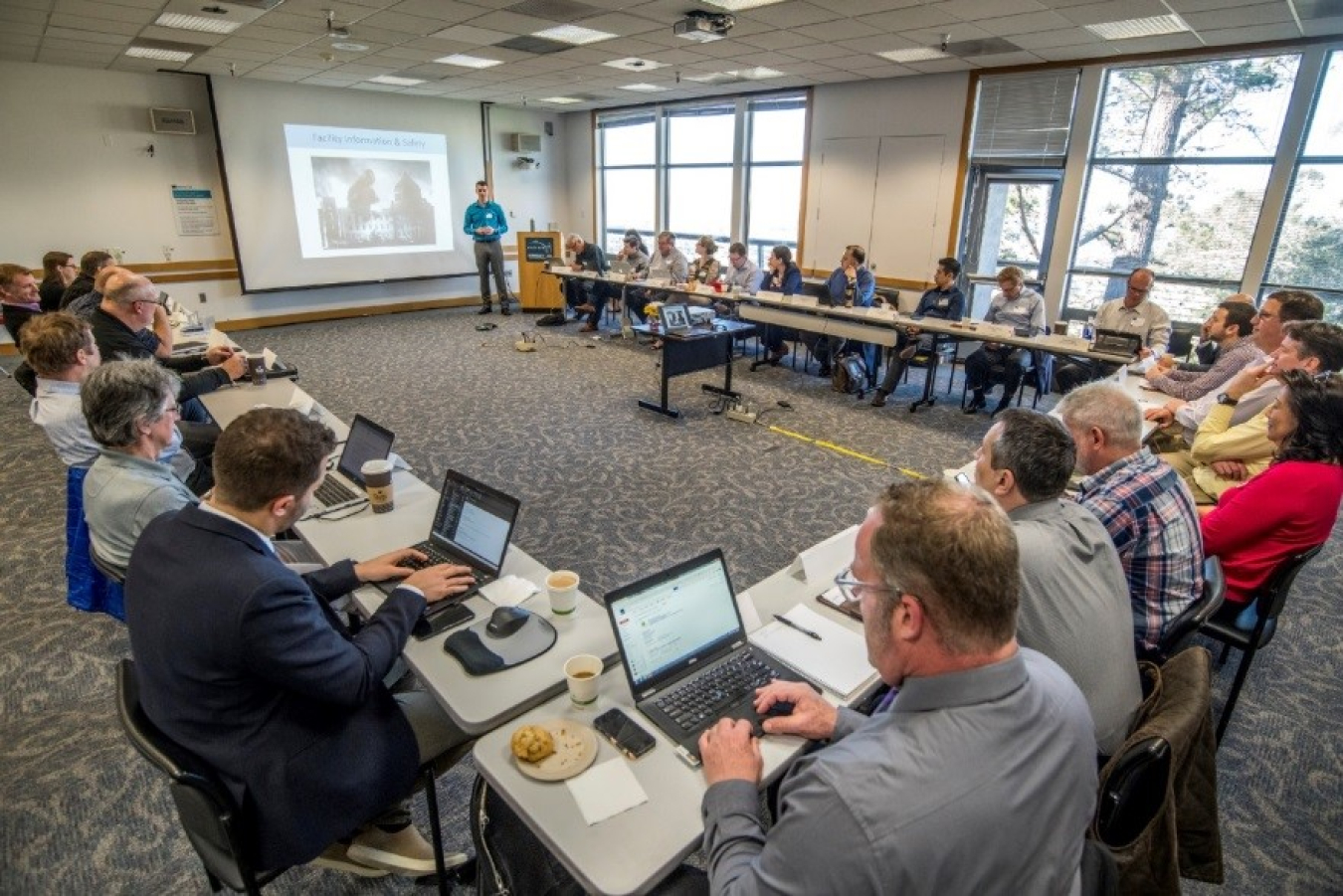Numerous barriers persist to widespread uptake and implementation of smart building technologies.
March 26, 2018By Cindy Zhu
Smart buildings that leverage an integrated systems approach by ensuring operational alignment between lighting, HVAC, and energy management system platforms have become increasingly common across sectors. These buildings provide operators the ability to identify energy savings opportunities and act on them through the utilization of sensors, controls, and automation to detect and reduce faults, and optimize the building for its occupancy and functional needs, increasing the building’s energy efficiency along the way. However, numerous barriers persist to widespread uptake and implementation of smart building technologies, such as equipment interoperability issues, cybersecurity concerns, technology obsolescence, and the need for more workforce training. The American Council for an Energy Efficient Economy (ACEEE) recently authored two reports in this area: Smart Buildings: Using Smart Technologies to Save Energy in Existing Buildings, which introduces commonly installed smart technologies, and Smart Buildings: A Deeper Dive into Market Segments, which investigates key commercial market segments that can benefit from these technologies. Read more on the Building Technologies Office’s (BTO) research interests on smart building technologies as it relates to commercial buildings.
A Smart Building Dialogue
In addition, last month, Lawrence Berkeley National Laboratory (LBNL) hosted an invite-only roundtable with a diverse representation of commercial building operators working to support smart building technology implementation. Attendees represented the commercial real estate, education, retail, grocery, hospitality, and healthcare industries, federal and state/local government, and several other national labs.

The objective for the day was to spark a dialogue and gather insights that can inform smart buildings research that fully accounts for the goals, needs, and challenges of commercial building owners.
“We wanted to understand what motivates commercial owners to pursue smart building technology adoption, what problems they are trying to solve, and the challenges and barriers faced by owners when deploying current technologies,” said Eliot Crowe, program manager at LBNL who facilitated the day’s discussion.
Exciting Opportunities with Smart Technologies
As a kickoff, attendees described what their organizations are already doing in the smart building space as well as something that personally excites them about the capabilities of smart technologies. Some attendees remarked their interest in finding technology solutions that have broad applications.
“We have a diversified portfolio of assets, so some buildings are more obvious candidates for smart building upgrades than others,” says Becca Rushin, vice-president of sustainability and corporate social responsibility at real estate company Jamestown LP. “Because of that I’m interested in exploring smart technology solutions that are applicable to a variety of building types.”
Other attendees shared that smarter building analytics can help sustainability programs by providing better data to make the financial case for projects. Pat Lydon, sustainability program manager at Legacy Health, a health system in the Pacific Northwest, shared that there are many competing priorities for limited capital funds.
“In our region low energy prices can make it a bit more difficult to make the business case for energy-efficiency investments based on energy savings alone, but when we can also have a positive impact on patient experience as well as physician and nurse satisfaction that really helps. Fault detection and diagnosis (FDD) technology can really help us be more proactive in anticipating and avoiding problems that might impact clinical care or occupant comfort.”
Commercial Owners Identify Challenges and Barriers to Technology Implementation
The core portion of the conversation centered around the technologies that are currently being explored by commercial owners, including their overall objectives when introducing and expanding on these technologies. Attendees first discussed the major impediments that limit smart technology implementation in their respective industries.
My Top 5 Takeaways:
- IT and facilities collaboration is more critical than ever when installing new smart technologies, and can mitigate miscommunication.
- A lack of standards for the industry, especially in cybersecurity, continues to be an issue, and attendees are looking for effective solutions.
- Users are overwhelmed by a “Frankenstein of choices,” followed by fear of rapid technology obsolescence.
- Users often encounter a lack of interoperability between systems, and seek end-to-end solutions.
- Attendees would like to challenge each other to use their purchasing powers to think more cohesively around the desired ecosystem for a smart building, and be able to negotiate with vendors across their needs.
To dive deeper into these topics and more, attendees also had breakout conversations in business management, smart devices, advanced controls, data management, and data analytics. For each area, attendees were asked to define implementation problems that are frequently encountered, limitations and gaps to the technology, barriers to their adoption, and any other unmet needs. The final discussion of the day included a discussion of how the attendees might continue working together to overcome the obstacles stated above.

After the breakouts, LBNL asked users to fill out a post-event survey. “It’s a literal sea of information out there these days, and we are on the cusp of some exciting developments. [LBNL’s campaigns and research] helps make us feel like we have a solid sense of the market and the state of technology. We all strive to make sound decisions, staying close to the cutting edge while avoiding the risk of decision paralysis that comes from such an overwhelming amount of information,” said one attendee.
LBNL has written a full summary report on the day’s dialogue around smart building technology uses, and the challenges and barriers to their implementation.

